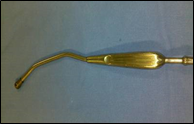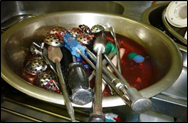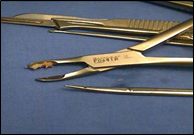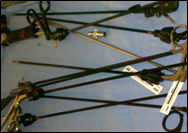An ultrasonic cleaner is made up of the following components:
- Ultrasonic generator
- Transducers
- Cleaning tank
What is ultrasonic cleaning:
Ultrasonic cleaning works through cavitation. The transducers in the base of the tank generate a sonic wave. The sonic waves make tiny bubbles on the surfaces of the instruments. These bubbles expand until they become unstable and then collapse or implode. The resulting implosion produces localized vacuum areas responsible for dislodging soil from surfaces. The soils are literally sucked off the instruments.
Benefits of using Ultrasonic Cleaners
Ultrasonic cleaners are designed for fine cleaning of medical devices to remove soil from hard to reach areas like crevices, joints, grooves, hinges, box locks, lumens, etc. Gross soil should be removed from instruments before processing in the ultrasonic cleaner because heavy soil can inhibit the cleaning activity.
- Reliable effective cleaning capacity
- Remove debris from less accessible surfaces
- Can be used to clean, unblock lumened instruments (some cleaners have lumen flushing attachments)
- Minimises staffs exposure to aerosols
Examples of Types of instruments that benefit from Ultrasonic cleaning
 |
 |
 |
 |
